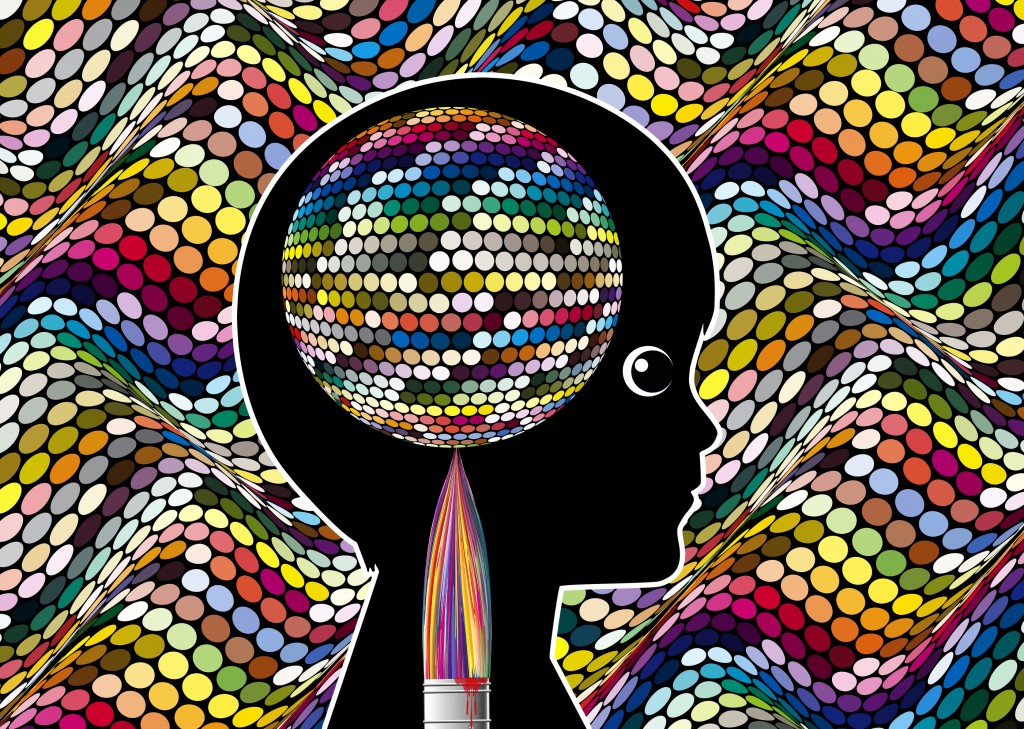- Make It Yourself Lavender Heart-Shaped Bath Bombs!
- 20 Things You Never Knew About “Down There”
- 12 Best Foods For Those Suffering From Arthritis Pain
- 12 Personal Hygiene Mistakes Almost Everyone Makes (Mom Never Told You About #4!)
- 15 Medicinal Plants And Herbs From The Cherokee People
- 12 Mind-Blowing Benefits Of Drinking Coconut Water During Pregnancy
- 12 Outstanding Winter Foods That Won’t Fatten You Up Like A Christmas Turkey
Why Does The Brain Have 2 Halves?

Photo credit: bigstockphoto.com
Asymmetry in the Brain
It’s normal and natural that the sides of the brain aren’t identical. Even with something less intellectual, like motor functions, this can be demonstrated by the fact that most people are either right-handed or left-handed, as opposed to being ambidextrous.
This hemispherical division of the brain isn’t unique to humans. Almost all animals have this partitioning of the brain down the middle, and a division of responsibilities along specific regions of the brain.
It’s important to note, however, that despite this division of the brain into halves and sections, there are constant communications between all aspects of the brain. Our perception of reality is not “split” at all. All of these parts of the brain working in harmony with each other is what allow you to experience the world as you do. The cluster of neural fibers called the corpus callosum that connects the left and right sides of the brain is what make it possible to efficiently process and share data between different parts of the brain.
READ ALSO: Dad’s Brains Treat Daughters Differently From Sons
While neurology is a mature field of medical science, the truth is that we still have much to learn. The human brain is a dazzlingly complex piece of biological equipment, with some 86 billion neurons, all firing and receiving synapses from the time we are in the womb until the last minute of life. As the field continues to advance, we will learn more and more about the complexities and evolutionary advantages our split brains offer us. Until then, take a moment to appreciate the gift that nature has given you—then pick up a book and put that brain to use!
References:
































